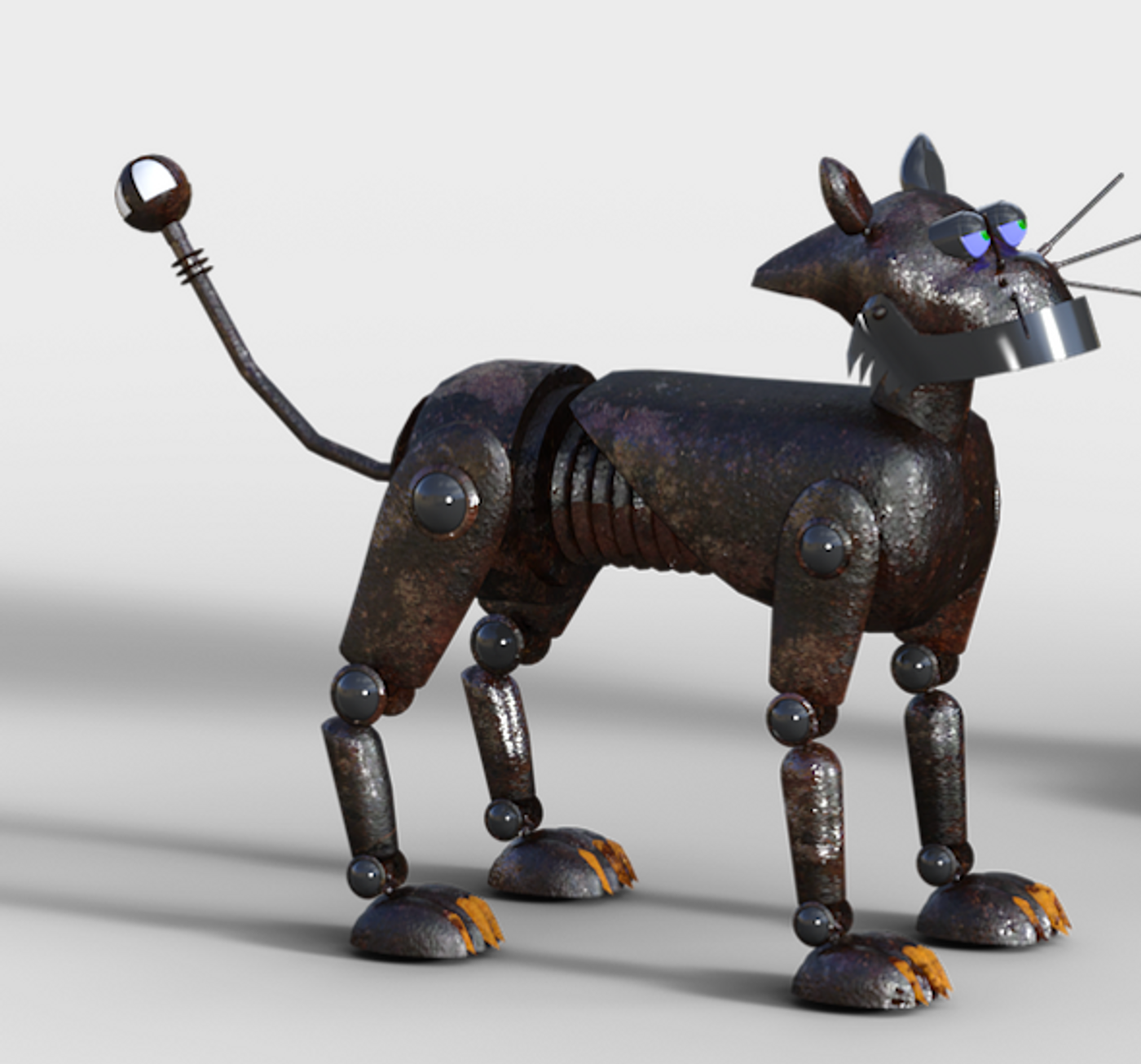I don’t know about you, but I have thoughts, feelings, perceptions. In short, I have a mind. (Whether or not “mind” just is the brain is another story for another time.) But really, I don’t know about you. More precisely, I’m not at all certain you’re not just some tricked-out machine dressed in a fancy-pants skin suit. Fortunately, however, that worry doesn’t bear on the benefits of interacting with robotic pets.
According to a new study published in Issues in Mental Health Nursing, when paired with a “non-pharmacological therapeutic interactive pet (TIP),” cognition, mood, and behavior scores improved over time in older adults (aged 50 and over) with mild to severe dementias like Alzheimer’s. Researchers in the Christine E. Lynn College of Nursing at Florida Atlantic University conducted a 12-day study in an adult day care center with participants who expressed an interest in interacting with animals, and were informed their new furry companions were robots.
Researchers used the Mini Mental State Examination to assess cognition. They also used the Alzheimer’s Disease and Related Dementias Mood Scale, Observed Emotion Rating Scale, and the Cornell Scale for Depression in Dementia to assess mood and behavior. All mood scores improved over time, with noticeably increased improvement on the Cornell Scale for Depression in Dementia and the Observed Emotion Rating Scale.
Researchers and caregivers reported behaviors like smiling and verbally responding to their “cat’s” meowing sounds, and movements such as blinking. “Since there is no cure for dementia, our project offers a way to address symptoms naturally and without the use of pharmacological treatments, which may or may not be effective and have possible detrimental side effects, said lead author, Bryanna Streit LaRose.
Though animal-assisted therapy for dementia is already reported as a positive non-pharmaceutical option, there are risks and complicating factors that can make a robotic animal more attractive. For example, some patients may be allergic to pet hair, and there is always a risk that an animal will become aggressive with a patient (or vice-versa).
One remaining question is how and why human beings respond in the positive ways documented in the study, despite the fact that the participants apparently knew their feline friends were mechanical. A fundamental characteristic of engaging with another sentient being seems to be that another mind acknowledges us. Indeed, we seem to think that an authentic engagement requires such acknowledgement, and are dismayed and confused when what we thought was “real” is not. The fact that the participants in the study apparently understood they were not interacting with living creaures, yet benefitted from the experience may hold some interesting insights into what it means to be human.
Sources: Florida Atlantic University News, Issues in Mental Health Nursing
-
APR 30, 2024Immuno-Oncology Virtual Event Series 2024
-
MAY 07, 20243rd International Biosecurity Virtual Symposium
-
SEP 03, 2024Microbiology Week Virtual Event Series 2024
- See More


















































